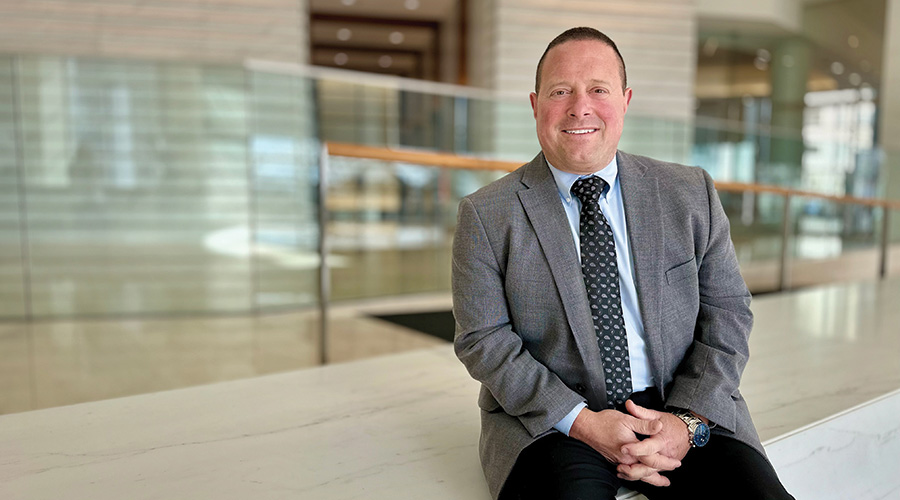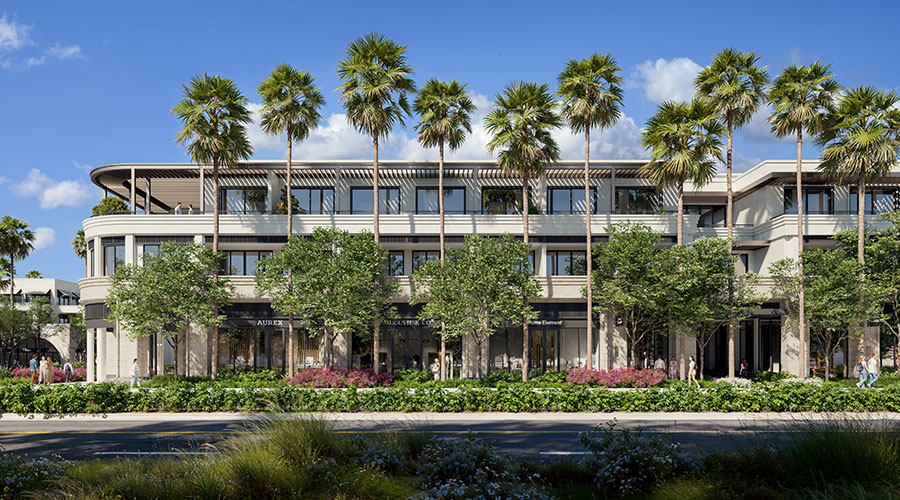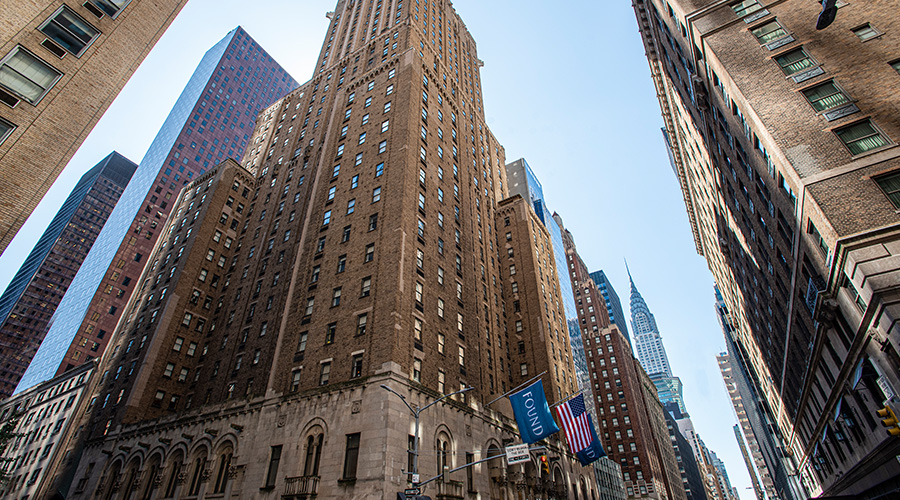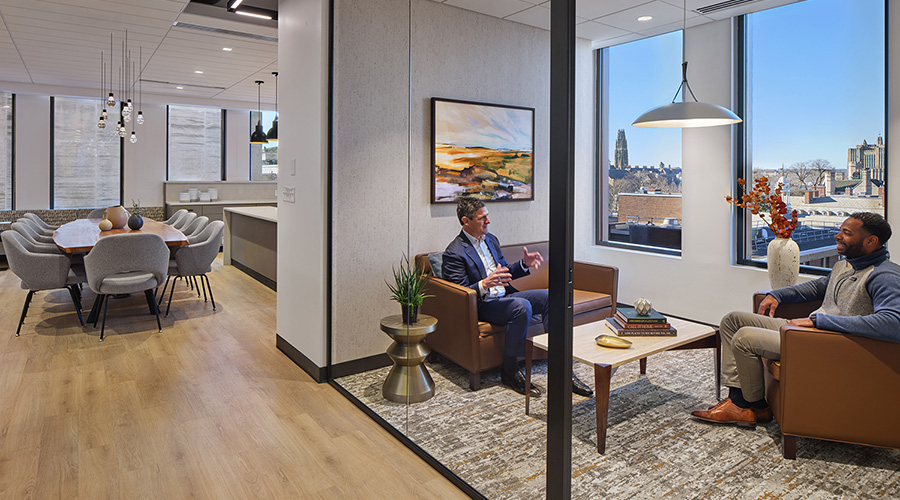Metal Roofs Are Natural Partner For Solar Power Systems
Metal roofs and solar panels have long been considered natural partners. That's because photovoltaic panels can attach to standing vertical seams, and will usually wear out before the roof does. The match is not as easy if the roof is aesthetically designed without standing seams, but Miller says that some projects combine the two looks — imitation shingle or shake on the north side, and standing-seam vertical with solar panels on the south.
Kriner says that some companies laminate the photovoltaic film directly onto panels at the factory, although that requires a much more careful installation to avoid damaging the film.
As solar technology evolves, Bush likes to point out to clients that metal roofs are solar-ready, if the owner decides to add a system in five or 10 years. Installing panels on a modular roof is "a little trickier," he says, but fasteners can be incorporated on roofs that look like tiles or shakes.
A more recent development in energy efficiency, Kriner says, is to leave an air space of about three-quarters of an inch between the roof panels and the decking beneath. The air acts as an extra insulator and helps to prevent ice dams in cold climates. The design can reduce heat gain by 30 percent, he says, or 45 percent in conjunction with infrared-reflecting pigment.
"We've always known that heat rises," says Croucher. "But now people are trying to design that feature into roofs," to capture more energy savings. "It does take extra design to fully take advantage of that." A solid horizontal anchor for the panels, for instance, would block air flow, but fasteners or webbing are available to work around that.
Metal And Maintenance
Croucher says that metal roofs need very little maintenance; mold or vegetation will not grow on the surface, and if paint fades, it only increases the roof's reflectivity. Roofs should be checked once a year to remove problems. "I've been on buildings with trees growing in the gutters," Croucher says. Branches of nearby trees may scratch paint, and mulch or dirt should not touch a metal wall panel, in order to avoid corrosion.
"If it performs successfully for the first two to five years, it's going to continue to perform successfully," Bush says. "We're seeing roof systems that easily last 60-plus years." Ancillary products such as sealants and fasteners may fail sooner, however, he says.
Research over the past decade also produced a new generation of infrared-reflecting paints that allow even dark-colored metal roofs to save energy. Because half the sun's energy is infrared, "it's acting like it's a lighter color," Croucher says. Another help to their acceptance is that Energy Star is issuing ratings for groups of new colors on the market, Croucher says, rather than one color at a time.
The new pigments, of course, also expand the aesthetic options for owners and architects. For different climates, Kriner says, "you can dial in any combination of solar reflectivity." Premade insulated wall panels, originally designed for cold-storage warehouses, are moving into the general marketplace as demands for energy efficiency rise. "Even if it's only 10 percent savings," Kriner says, "it gets you that much closer to net zero energy."
Related Topics:













